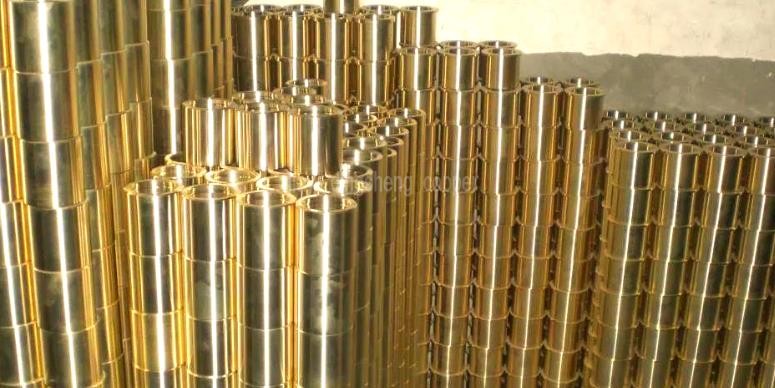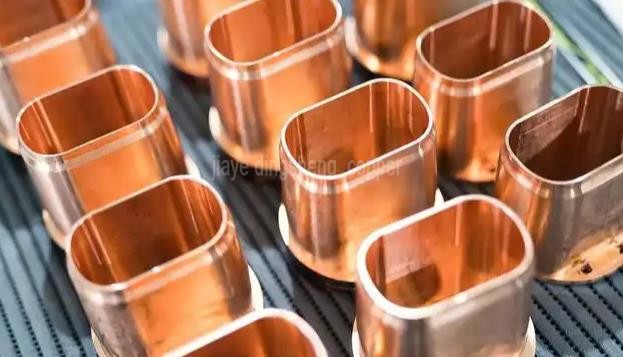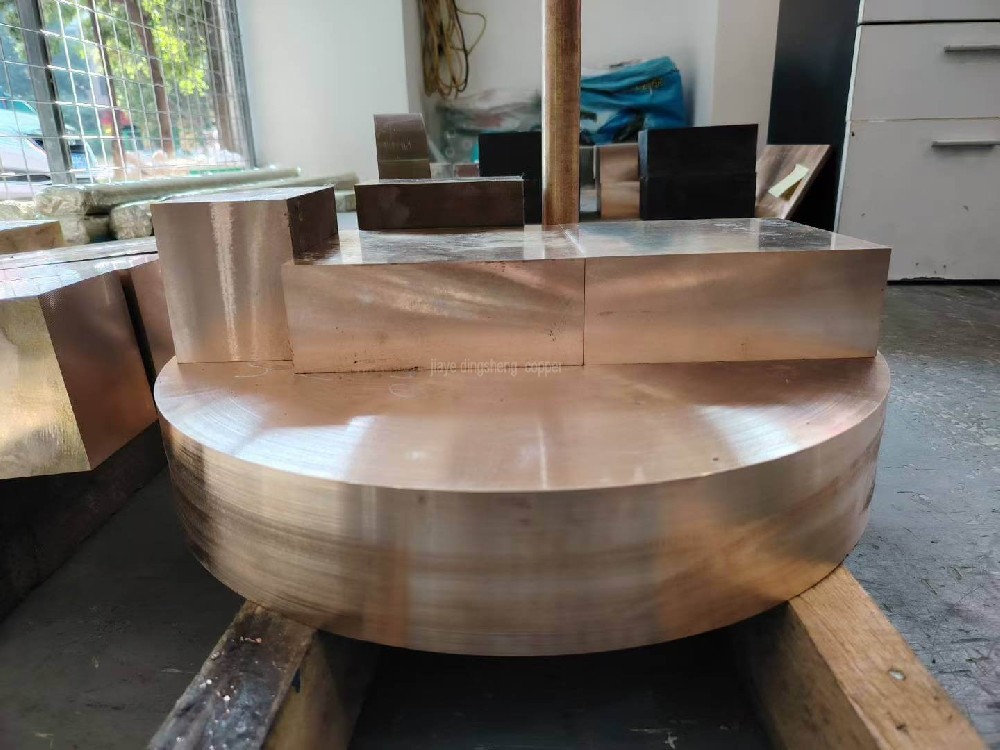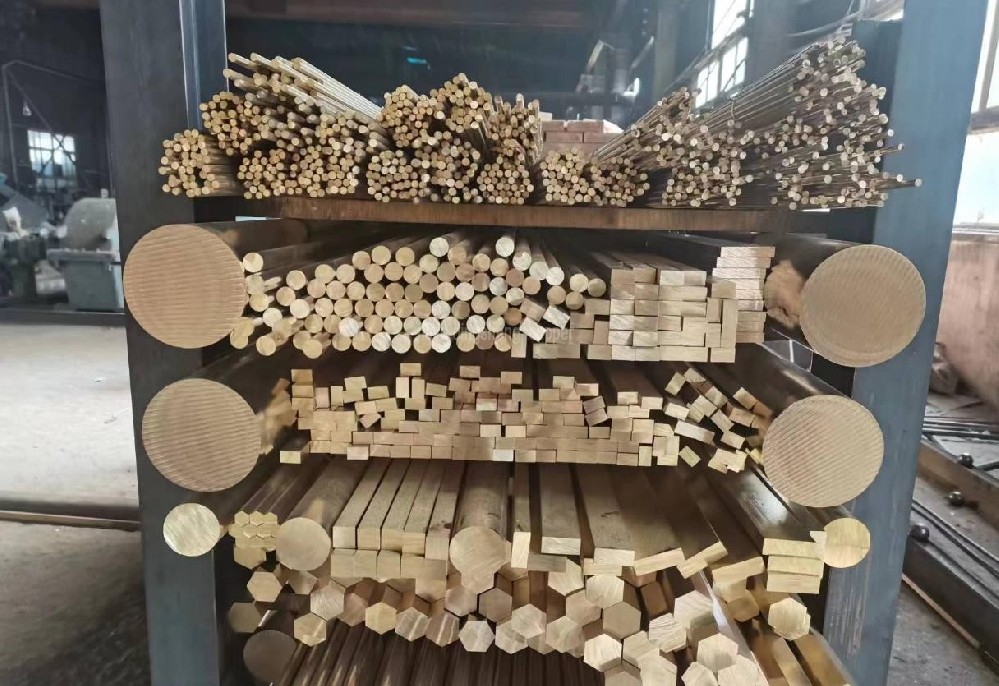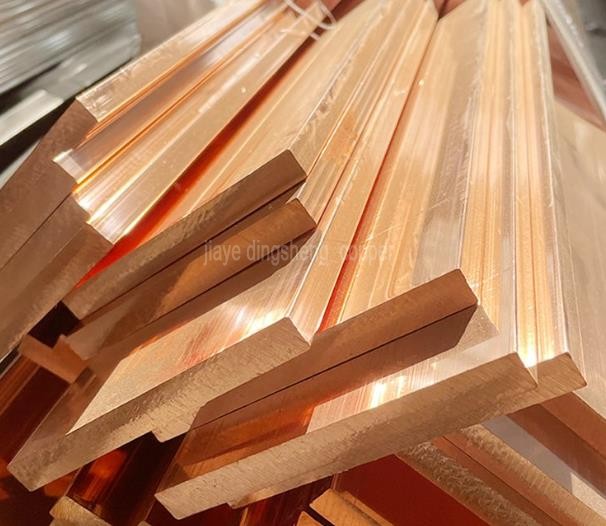What are the differences between beryllium bronze and aluminum bronze in explosion-proof tools?
The main differences between beryllium bronze and aluminum bronze explosion-proof tools lie in their material composition, physical properties, usage environment and application scenarios.
Material composition
Beryllium bronze: It is a copper-based alloy made by using high-purity electrolytic copper as the base and adding appropriate amounts of elements such as beryllium, nickel, etc.
Aluminum bronze: It is a copper-based alloy made by using high-purity electrolytic copper as the base and adding appropriate amounts of metals such as aluminum, nickel, manganese, iron, etc.
Physical properties
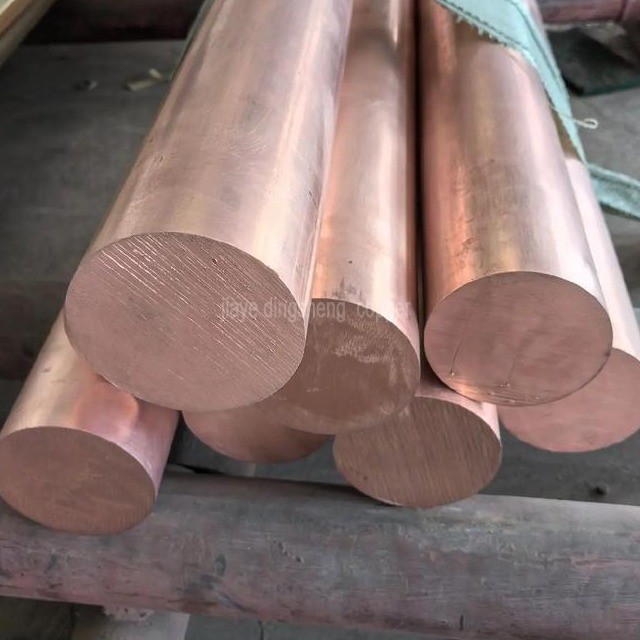
Hardness: The working surface hardness of beryllium bronze reaches HRC 35 or above, while that of aluminum bronze is HRC 25 or above.
Tensile strength: The tensile strength of beryllium bronze is 105-120 kgf/mm², while that of aluminum bronze is 75-85 kgf/mm².
Explosion-proof grade: Beryllium bronze explosion-proof tools have an explosion-proof grade of EXIIC, while aluminum bronze explosion-proof tools have an explosion-proof grade of EXIIB.
Color: The surface of beryllium bronze explosion-proof tools is yellowish red, while that of aluminum bronze explosion-proof tools is silverish yellow.
Magnetism: Beryllium bronze has no magnetism and is suitable for environments with strong magnetic fields, while aluminum bronze has magnetism.
Usage environment and application scenarios
Beryllium bronze: Due to its high hardness and non-magnetism, it is suitable for usage scenarios with strict magnetic field environments, such as operations in strong magnetic fields.
Aluminum bronze: It is suitable for general explosion-proof environments, such as gas stations and oil refineries.
Manufacturing process
Casting process: Traditional manufacturing process, with low cost, but the product density, hardness, tensile strength and torque are lower, and the service life is shorter.

